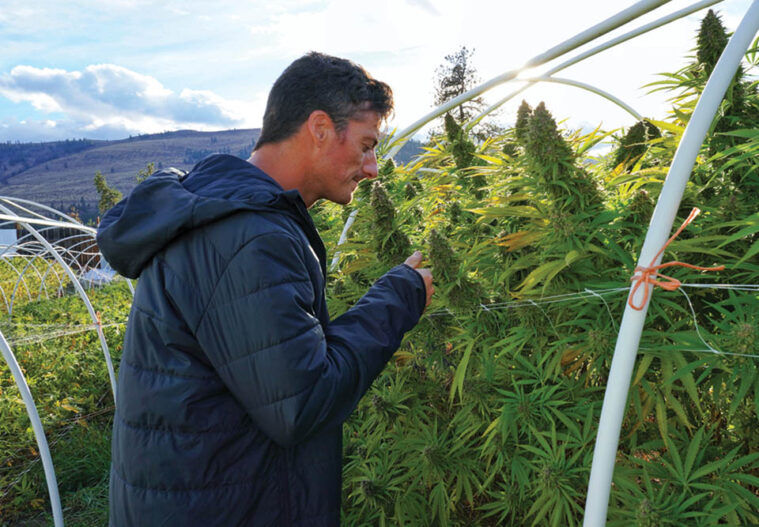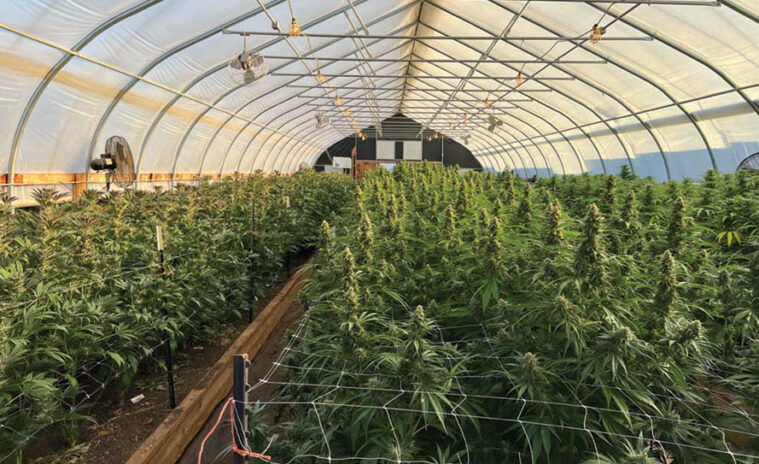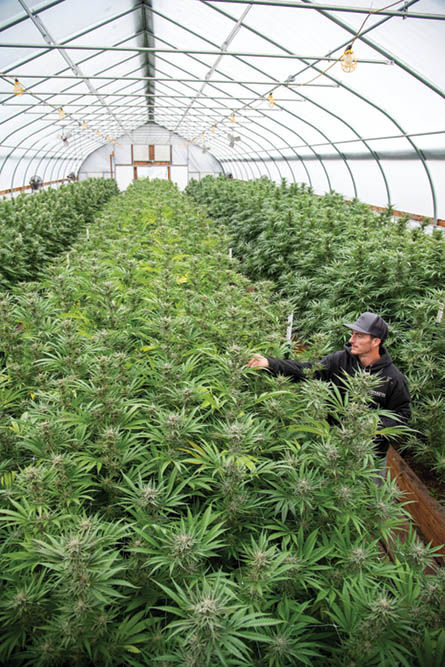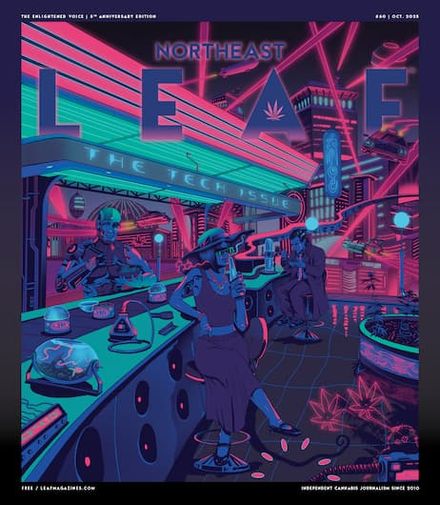In 2008, a personal mission to make Rick Simpson Oil for a father battling Stage 4 thyroid cancer sparked what would become Lazy Bee Gardens — a living-soil, light-deprivation greenhouse farm known for meticulous pheno hunts and terpene-rich flower. Licensed in 2015, Lazy Bee has been refining its soil and selections ever since.
Northwest Leaf sat down with Matthew Frigone Bernhard, the farm’s owner, to discuss origin stories, cultivation philosophy, genetics and a few big-picture hypotheticals.

When did you start growing, and how did that become Lazy Bee?
I started growing in 2008 to make Rick Simpson Oil for my dad, who had Stage 4 thyroid cancer. That’s where the passion for this plant began. I grew medically for six years, and when recreational legalization happened, an opportunity presented itself. I took it. I began building the farm in the summer of 2014, was licensed in February 2015, and our first commercial harvest came that summer. We’ve been cultivating the plant we love ever since.
What’s your growing method?
Water-only, no-till living soil beds — our native soil, heavily amended over years to get it right. I’m a big fan of practical permaculture. All Lazy Bee flowers are grown in light-dep greenhouses with raised beds. It took a few seasons to build the soil to true no-till; it’s been seven years now, and it keeps getting better. We never use bottled nutrients — ever. We focus on microbiology and true living-soil practices.

How much does the weather play into your harvest?
Not a lot. The greenhouses and light deprivation let us pull flower before the weather turns. Late hoop-house crops typically go to our other brand, Ra Cannabis, or into concentrates. My favorite runs come in June/July; the light spectrum and temps are ideal for most genetics.
What’s new in the garden?
New genetics this season: Tropical Runts and Rainbow Beltz — both turned out amazing. Reworks: Make-up Sax and Almond Brittle — also great. We had a terrific year. This winter, we’re working breeding projects with Where’s My Bike, aiming to bring that into our Aethernet line in search of the terp profile our old Tesla Tower used to have. I’ve been chasing that profile for over half a decade — we’re getting closer.

What sets Lazy Bee apart from other farms?
It’s a mix of method and genetics, but genetics probably edge it out. A novice with the right genetics can grow fantastic flower; a pro with bad genetics will top out at mid. Method still matters — for terp and cannabinoid diversity, cleanliness, smoothness and yield — but you must start with good genetics. I’ve hunted thousands of seeds from various breeders and our own work, and trialed hundreds of clones. Selection is everything. It’s a lot of work, but when you find a keeper, the juice is worth the squeeze. Pair that with organic, sustainable practices and amazing retail partners — that’s been key to our success.
What do you want to see on shelves: legacy strains or the latest hybrids?
A healthy balance. We still run legacy classics like DJ Short Blueberry and Blue Dream, and we also cycle in fresh winners from ongoing hunts. There’s room for both. I also love playing with old-world genetics — less commercial sometimes, but really fun.


Time machine question: past or future?
The past. You can learn a lot about the future by studying it; cycles repeat. Plus, you’d get to meet people we know existed from history. The future would be fascinating, but with less context, it might be harder to digest.
Dead or alive, who would you most want to spark a joint with?
Enoch.









